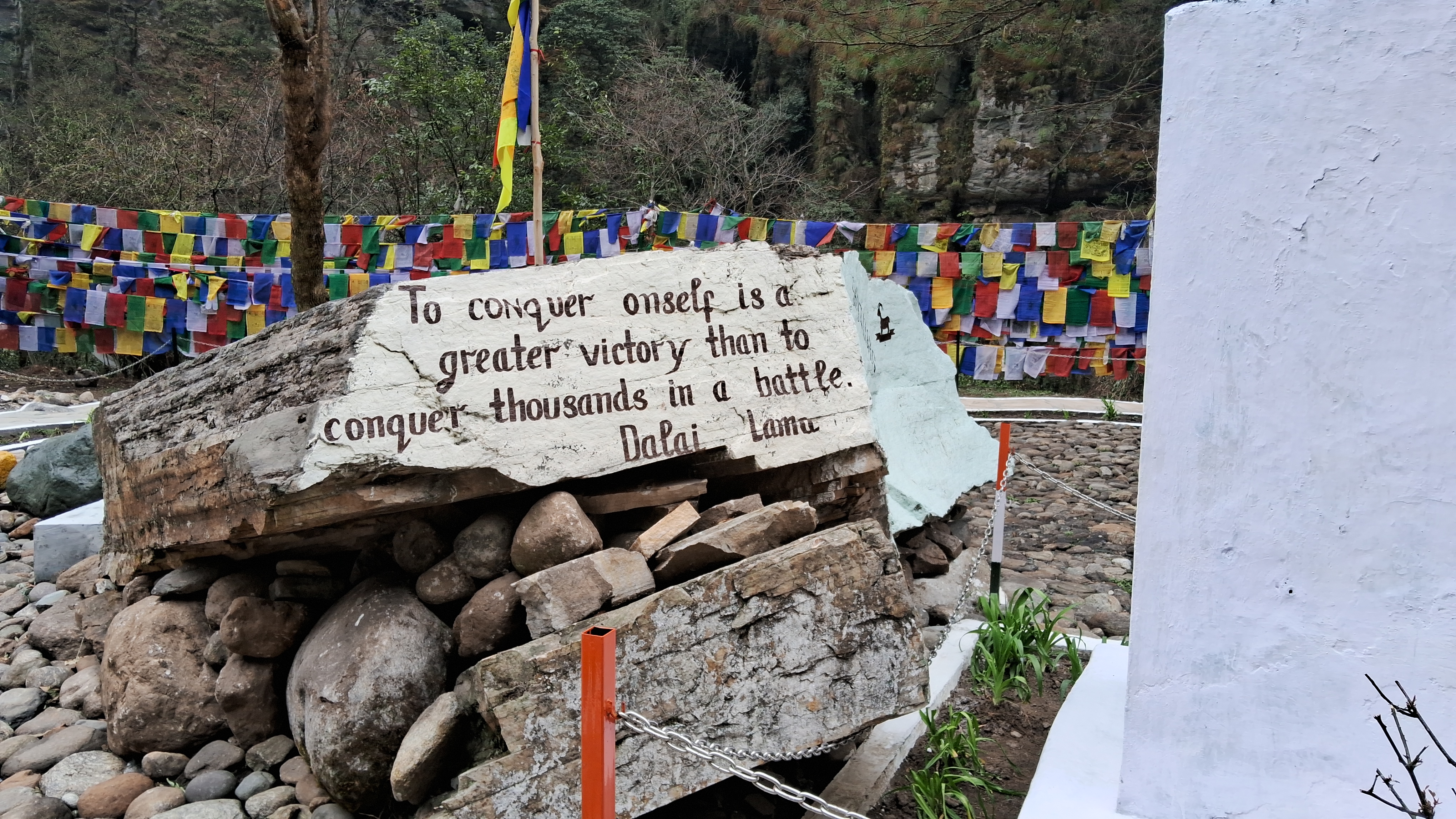Tawang (Arunachal Pradesh): Sixty-six years ago, on March 31, 1959, the 14th Dalai Lama entered India through the North East Frontier Agency (now Arunachal Pradesh), escaping Chinese persecution in Tibet. Today, this historic entry point—Khenzimane, nestled in the serene Zemithang Valley of Tawang district—stands as a sacred symbol of hope, resilience, and spiritual refuge.
Grolife News visited this significant site where the Dalai Lama first placed his “holy stick” after fleeing the Norbulingka Palace in Lhasa. This momentous act marked the beginning of his exile and forever changed the course of Tibet’s spiritual and political history.

A Tree, A Prayer, A Legacy
At Khenjimani, in the Pangchen Valley, the Dalai Lama is believed to have planted a tree on the banks of the Nyamgyang Chu river, flowing from China’s Shannan province. This tree, now a revered landmark, has become a daily site of devotion. Devotees, particularly from the Monpa Buddhist community, tie khadas—ceremonial scarves—to its branches while offering prayers for the spiritual leader’s long life and good health.
“This tree is more than a memory,”
says Lobsang Tsering, a local Monpa tribal.
“It is our connection to His Holiness and a sacred reminder of the day peace arrived on Indian soil.”
The Journey Through Zemithang
Reaching Khenzimane requires crossing a suspension bridge over the Namgyang Chu River, followed by a 10-minute walk. The site lies just 1.5 km from the Indo-China border and is guarded by the Indo-Tibetan Border Police (ITBP). The path was renovated in 2023–24 by the Indian Army’s Marathalai Company, improving access for pilgrims and tourists alike.
This remote sanctuary is not only a spiritual heritage site but also a geopolitically sensitive zone. Troops from both India and China regularly patrol the surrounding Line of Actual Control (LAC).
A Journey Etched in Devotion
When the Dalai Lama crossed into India, he was accompanied by 80 followers. After reaching Khenjimane, they rested for two days before heading to Tawang under the protection of the Assam Rifles, where they stayed for another four days. The escape was orchestrated with the help of late Narayan Chandra Das, an Assam Rifles constable whose role remains etched in history.
Today, the sanctuary serves not only as a memory of one man’s escape from oppression but as a beacon of spiritual unity, drawing pilgrims and tourists alike.
As the world watches the complex dynamics of the India-China relationship unfold, places like Khenzimane quietly remind us of the power of peace, courage, and the enduring bond between India and Tibet.








